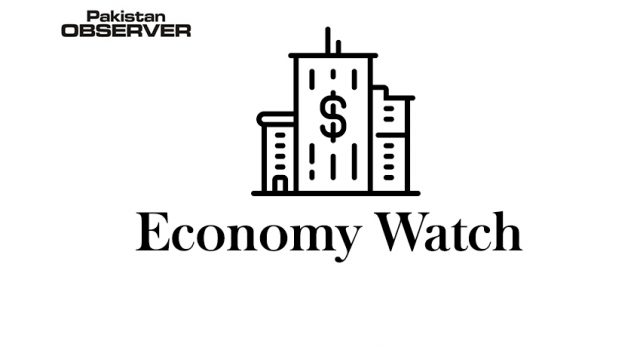Observer Reporter
Beijing
The second phase of China-Pakistan Free trade agreement (CPFTA) is set to come into effect from 1st of next month (December 2019).
China agrees for the immediate elimination of tariffs on 313 most priority tariff lines of Pakistan’s export interest giving treatment on a par with ASEAN. These 313 tariff lines cover over US$ 8.7 billion worth of Pakistan’s worldwide exports and US$ 64 billion worth of Chinese global imports. This will help to lessen Pakistan’s trade deficit and give support to its economy, reports China Economic Net.
In terms of the complete offer made by China, over US$ 19 billion of Pakistan’s exports will be covered, which corresponds to US$ 1.6 trillion of the Chinese global imports.
The major products on which tariff have been eliminated are textiles, garments, seafood, meat, other animal products, prepared food, leather, chemicals, plastics, oilseeds, footwear as well as engineering goods including tractors, auto parts, and home appliance machinery, etc. officials told China Economic Net on condition of anonymity.
Increase in the sensitive list from 10% to 25% which comes to 1760 tariff lines and covers 37% of Pakistan’s imports from China. This will give a fair amount of production to Pakistan’s domestic industry from import from China.
The major protected industry includes textiles and clothing, iron and steel, auto, electrical equipment, agriculture, chemicals, plastics, rubber, paper and paper board, ceramics, glass and glassware, surgical instruments, footwear, leather, wood, articles of the stones and plastics and miscellaneous goods.
Talking to China Economic Net on telephone, Mr. Badar uz Zaman, commercial counsellor of Pakistan embassy in Beijing, said that the implementation of 2nd phase of CPFTA will increase further one billion US $Pakistan’s exports to China. He mentioned this will help Pakistan’s trade deficit and provide support to its economy.
Under the new agreement, effective and robust measures have been taken to protect domestic industry from a surge in imports from China. Revision of safeguard remedial measures will provide protection of maximum 23 years against an import surge that may cause injury or threaten to cause injury to the local industry, said another official on condition of anonymity.
In order to avoid miseducation and under-invoicing of import from China, a system of electronic data exchange has been introduced in the trade taking place under the framework of the Free Trade Agreement (FTA). It’s worth mentioning that the Phase-1 of FTA between the two neighboring countries was signed on 24th, November 2006 and became operational in 2007, while negotiations for the second phase of the CPFTA were started in 2011. After eleven rounds of negotiations, both sides concluded the agreement on April 2019 in Beijing.










